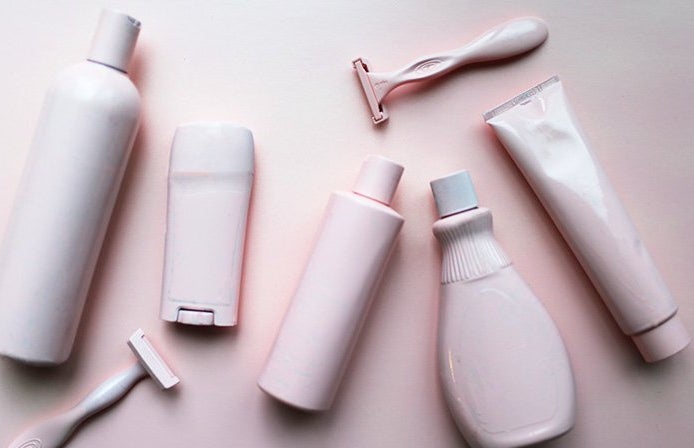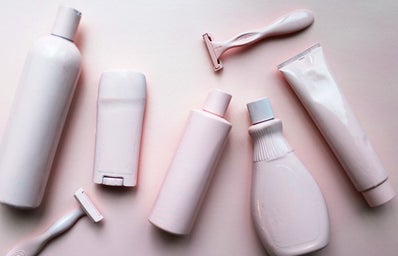It’s all over social media — influencers are claiming that using new, “all-natural” makeup has changed their skin. The truth? There’s no organization or system that regulates “natural” beauty products. As the reviews of products by online beauty gurus become seemingly more trustworthy, so should the transparency about what they post. But, of course, companies have found a way around this. False marketing and greenwashing are growing as the beauty industry’s lack of transparency does.
We are seeing a shift to customers demanding transparency around packaging materials the we — and our brands — use.”
Organic, “all-natural” products tend to sell very quickly. If a clean face wash is placed next to a non-organic one, I know I’m more susceptible to choose the one that seems healthier for my body. When a brand recognizes itself as being a non-chemically based brand, it can then raise the price of its products. Clean beauty brands promote ingredient transparency, but they operate under the Food and Drug Administration rules for disclosure. That means that skincare and cosmetic ingredients have to be listed on labels in descending order of their concentrations, although ingredients with less than 1% concentrations can be listed anywhere after — and fragrances aren’t required to be disclosed.
“Over half of women hunt for skincare products featuring organic ingredients.”
Companies’ consumers’ best interest should be at the forefront of each stage of its product development process. Our jobs as users are to support truly transparent brands, nourishing our skin with real ingredients. For example, Isla’s newest initiative is taking transparency to a whole new level by “outlining price, material, and ingredient breakdowns directly on-site.” Another new company, Byoma, plainly lists each ingredient and its purpose in the formula on the packaging of their skincare products. These are the things that big, name brands should be implementing. If they don’t, the consumers have the right to demand it.
You can find brands and ingredients that are truly clean in another article of mine here.


